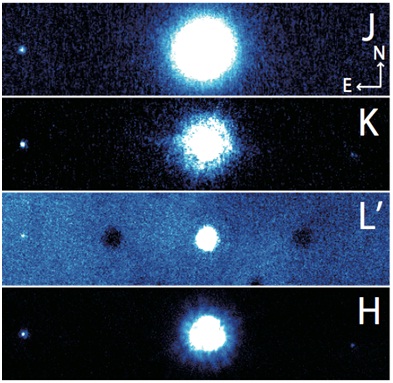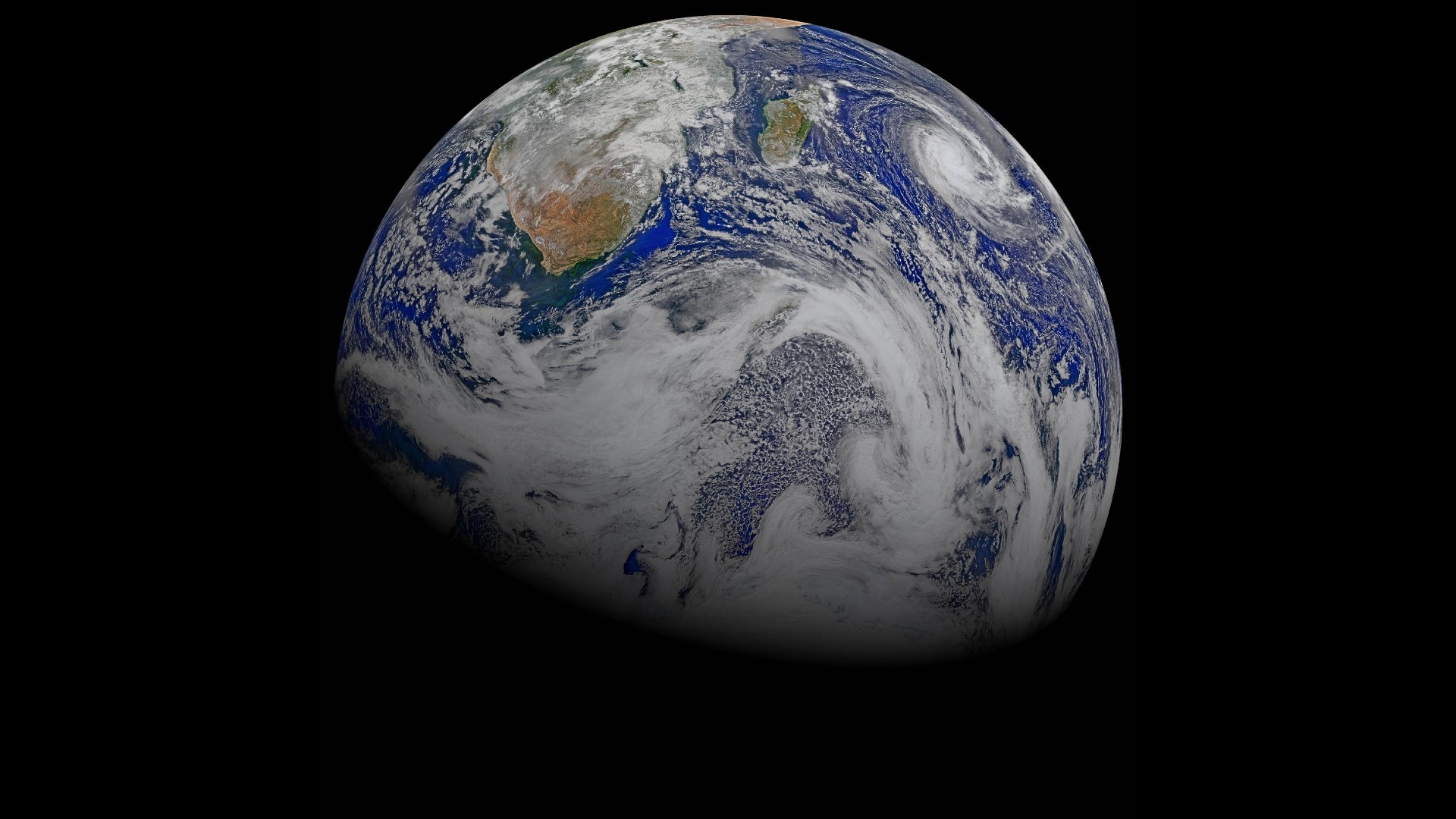Strange Exoplanet's 'Backwards' Orbit Explained by Extra Star, Planet

A perplexing alien planet locked in a "backwards" orbit around its parent star may finally be explained by the discovery of an extra planet and star near the oddball planetary system, scientists say.
The discovery is centered on the so-called "backwards" planet HAT-P-7b, which orbits a star 1,040 light-years from Earth in the constellation Cygnus. The planet, first spotted in 2008, has long defied explanation because of its orbit, which carries the world around its parent star in the opposite (or retrograde) direction of the star's spin.
Now, a Japan-led team of astronomers has found a second star and alien planet near the planet HAT-P-7b and its stellar parent. They used the Subaru Telescope Facility in Hilo, Hawaii, to make the discovery. Long-term gravitational interference from the newfound star and alien planet, which is a Jupiter-size world called HAT-P-7c, may be responsible for the strange retrograde orbit of HAT-P-7b, researchers said.
While the planets of Earth's solar system all orbit the sun in the same direction as the sun's spin, astronomers have observed retrograde planets circling distant stars. How these exoplanets got on such unusual paths has remained a mystery. The newfound planet and star near the HAT-P-7b planetary system could change that. [The Strangest Alien Planets (Gallery)]
"The current team thinks that the existence of the companion star (HAT-P-7B) and the newly confirmed outer planet (HAT-P-7c) are likely to play an important role in forming and maintaining the retrograde orbit of the inner planet (HAT-P-7b)," officials with the Subaru Telescope Facility explained in a statement today (Jan. 24).
The orbit of the newly discovered planet HAT-P-7c is located between the retrograde HAT-P-7b and the newfound star, the researchers explained. The newly discovered second star pulled the giant outer planet into a tilted orbit until its path started affecting the inner planet, HAT-P-7b, generating the latter's retrograde orbit, they added.
This sequence of gravitational dominos could account for the backward journeys of many retrograde extrasolar planets, Subaru observatory officials said. It also clears up a recent study that suggested the backwards planet and its parent star on their own could not explain the oddball orbit setup.
Breaking space news, the latest updates on rocket launches, skywatching events and more!
That 2012 study, by another researcher, determined that the gravitational push and pull between HAT-P-7b and its central star should prevent the exoplanet from maintaining its counterintuitive orbit.
The new study was led by astronomer Norio Narita, Yasuhiro Takahashi, Masayuki Kuzuhara, and Teruyuki Hirano of the National Astronomical Observatory of Japan and the University of Tokyo.
Follow Miriam Kramer on Twitter @mirikramer or SPACE.com @Spacedotcom. We're also on Facebook & Google+.

Miriam Kramer joined Space.com as a Staff Writer in December 2012. Since then, she has floated in weightlessness on a zero-gravity flight, felt the pull of 4-Gs in a trainer aircraft and watched rockets soar into space from Florida and Virginia. She also served as Space.com's lead space entertainment reporter, and enjoys all aspects of space news, astronomy and commercial spaceflight. Miriam has also presented space stories during live interviews with Fox News and other TV and radio outlets. She originally hails from Knoxville, Tennessee where she and her family would take trips to dark spots on the outskirts of town to watch meteor showers every year. She loves to travel and one day hopes to see the northern lights in person. Miriam is currently a space reporter with Axios, writing the Axios Space newsletter. You can follow Miriam on Twitter.

